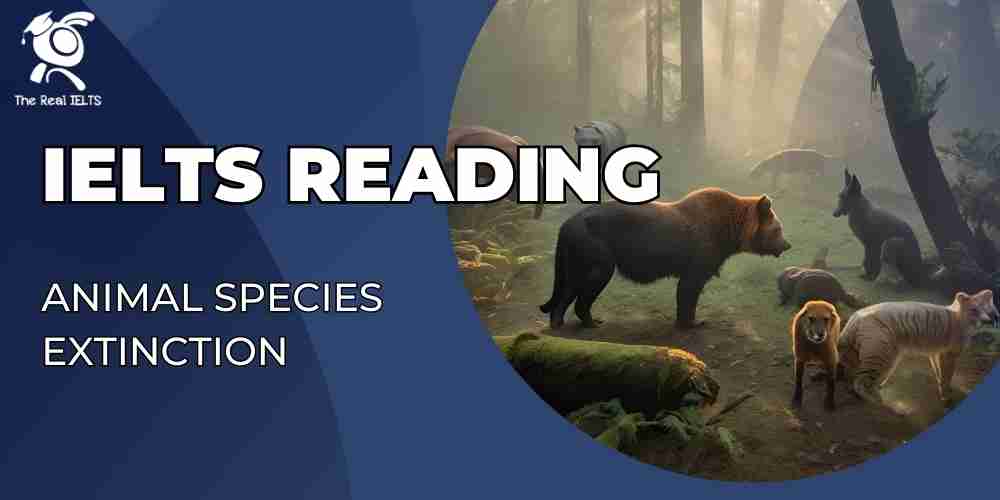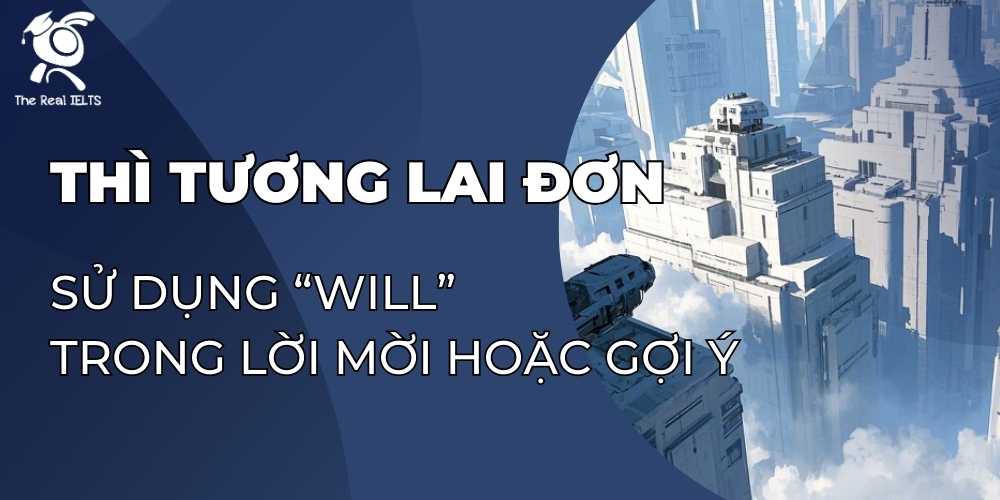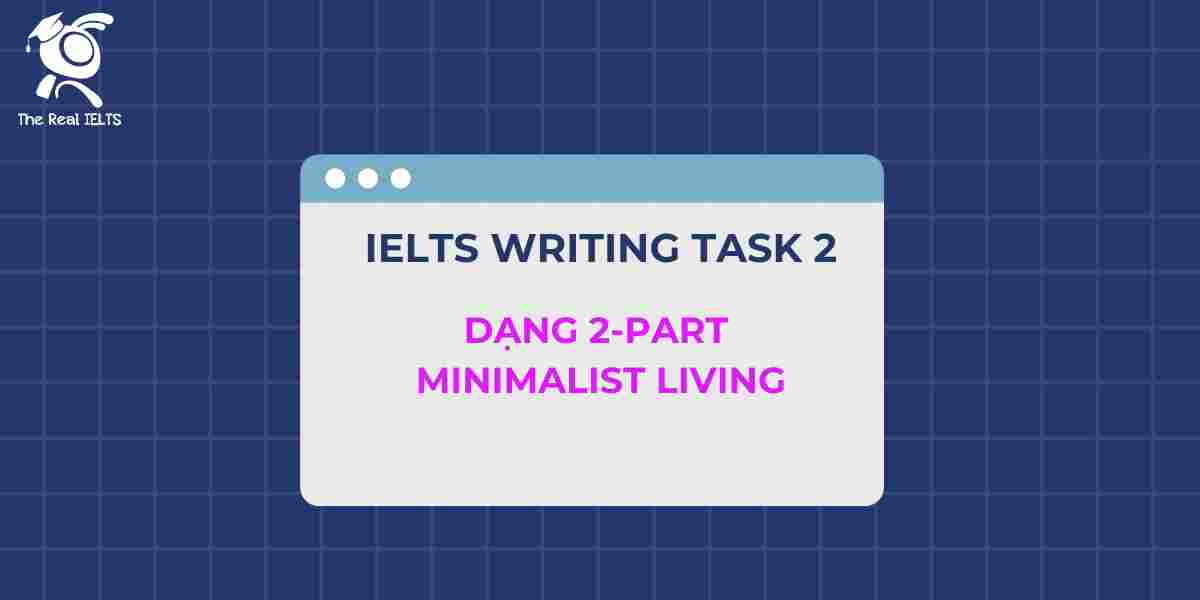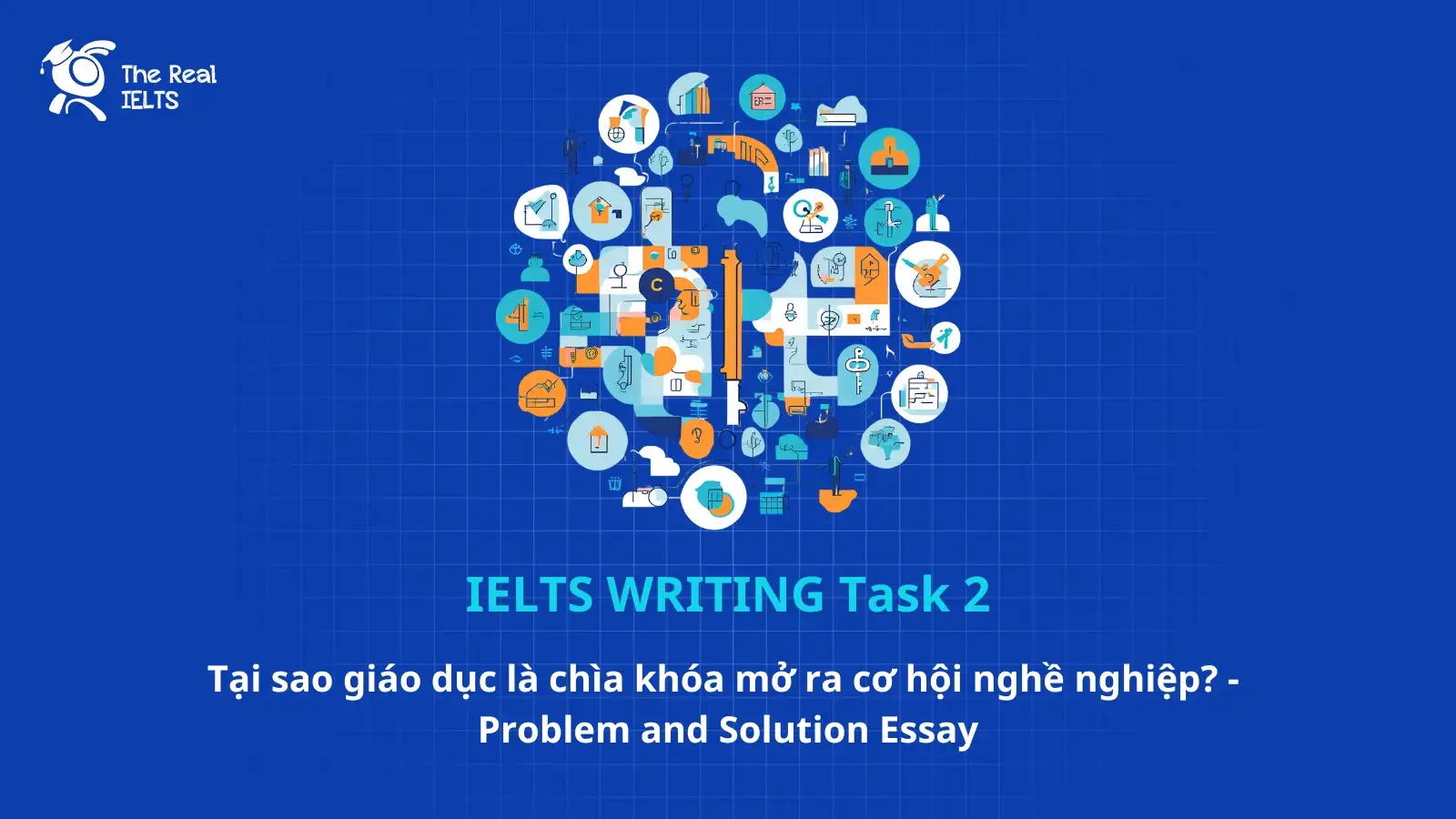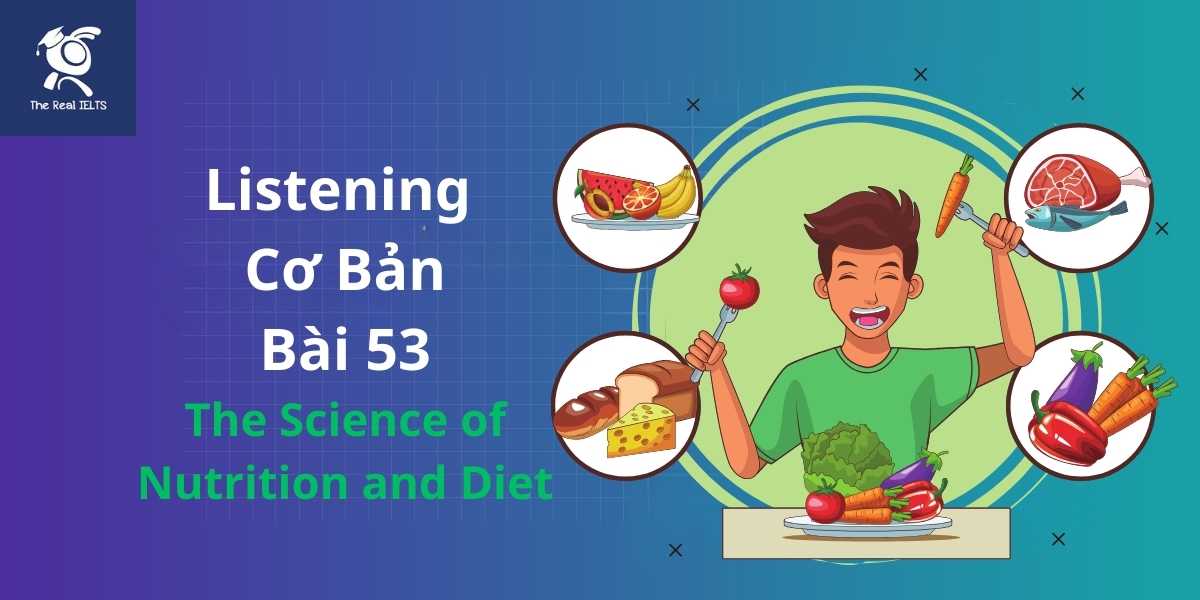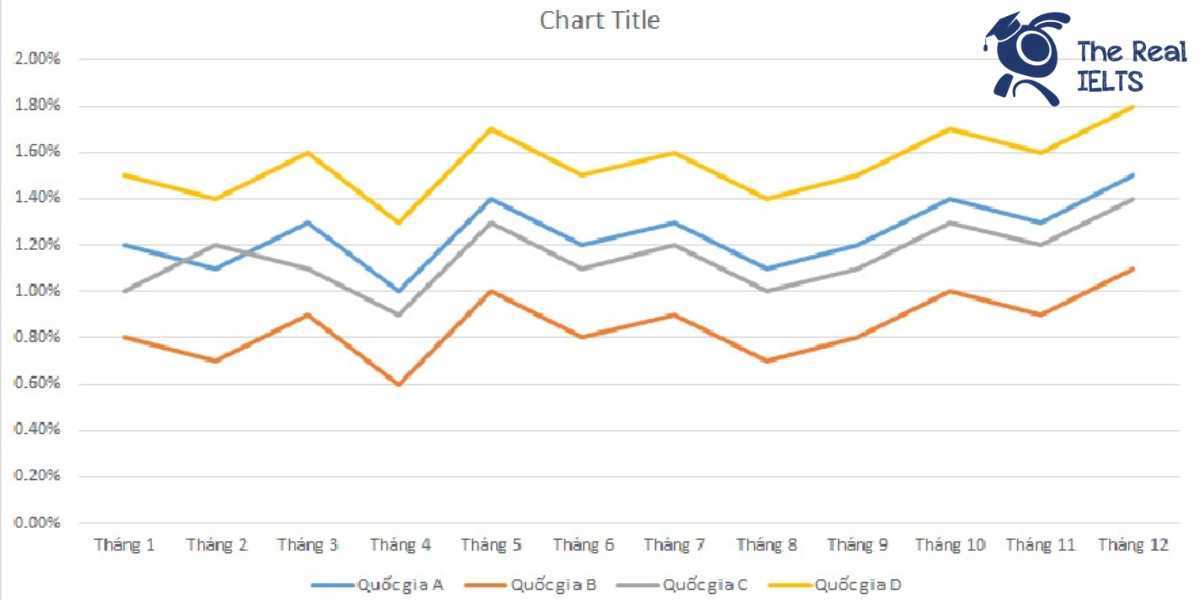IELTS Reading 3: Animal Species Extinction là chủ đề thuộc chuỗi bài luyện tập 11 dạng bài IELTS Reading và các bài tập luyện tập.
Học lại bài cũ: IELTS Reading 2: Exploitation of natural resources.
IELTS Reading: Animal Species Extinction
The extinction of animal species is a natural part of evolution, yet human activities have accelerated this process to alarming levels. Throughout history, species have come and gone, but the current rate of extinction is far higher than the background rate typically expected. Scientists estimate that today’s extinction rate is between 1,000 to 10,000 times higher than the natural background rate. This accelerated loss of biodiversity is largely attributed to human activities such as deforestation, habitat destruction, climate change, and pollution.
Causes of Extinction
- Habitat Loss
One of the primary causes of species extinction is the destruction of natural habitats. Forests, wetlands, and grasslands, which provide homes for countless species, are being cleared at an unprecedented rate to make way for agricultural activities, urban development, and industrial expansion. As habitats shrink or disappear, many species lose their natural homes and, with them, the ability to survive. - Climate Change
Global warming has also played a critical role in species extinction. Changes in temperature and weather patterns affect food availability, migration patterns, and reproduction cycles. For example, polar bears rely on sea ice to hunt for seals, their primary food source. As ice continues to melt due to rising global temperatures, polar bears find it increasingly difficult to hunt, leading to a decline in their population. - Overexploitation
Humans have exploited many animal species for food, clothing, medicine, and sport, often driving them to the brink of extinction. Overfishing has led to the collapse of numerous fish populations, while poaching for tusks, horns, and fur has decimated the populations of elephants, rhinoceroses, and tigers. - Pollution
Pollutants released into ecosystems can have devastating effects on wildlife. Plastic waste, chemicals, and heavy metals poison the land, rivers, and oceans, affecting the health of animal populations. Marine species, in particular, are vulnerable to the harmful effects of ocean pollution. Sea turtles often mistake plastic bags for jellyfish and ingest them, leading to intestinal blockages and death. - Invasive Species
The introduction of non-native species into new ecosystems can also lead to the extinction of indigenous species. Invasive species often outcompete native species for resources such as food and habitat. For example, the introduction of rats to islands has led to the decline of many bird species, as the rats prey on eggs and young birds.
The Importance of Protecting Biodiversity
Biodiversity, the variety of life on Earth, is essential for ecosystem stability and human survival. Each species plays a role in maintaining ecological balance. For instance, predators control the population of herbivores, preventing them from overgrazing vegetation. When one species is lost, it can have a ripple effect on the entire ecosystem. Furthermore, many species provide humans with direct benefits, such as medicines derived from plants and animals.
Conservation Efforts
In response to the growing threat of extinction, numerous conservation efforts are underway globally. Governments, non-governmental organizations (NGOs), and local communities are working together to protect endangered species and their habitats. National parks and wildlife reserves have been established to safeguard critical habitats. Anti-poaching laws have been strengthened, and breeding programs in zoos aim to reintroduce species into the wild.
In addition, international agreements such as the Convention on Biological Diversity and the Convention on International Trade in Endangered Species (CITES) have been created to regulate activities that threaten species survival. Public awareness campaigns also play a crucial role in educating people about the importance of biodiversity and encouraging sustainable practices.
Conclusion
The extinction of animal species is a crisis that requires immediate action. While some species may be beyond saving, there is still hope for others if urgent measures are taken. By addressing the root causes of extinction, such as habitat destruction, climate change, and overexploitation, we can work towards preserving the planet’s biodiversity for future generations.
Question
1. Multiple Choice (Chọn đáp án đúng)
Question: What is considered the primary cause of animal extinction in today’s world?
A. Climate change
B. Overexploitation
C. Habitat loss
D. Invasive species
2. True/False/Not Given (Đúng/Sai/Không có thông tin)
Statements:
- Scientists estimate that today’s extinction rate is naturally higher than in the past.
- Habitat destruction is caused primarily by natural disasters like floods.
- Polar bears are affected by the loss of sea ice due to rising temperatures.
3. Yes/No/Not Given (Có/Không/Không có thông tin)
Statements:
- The Convention on International Trade in Endangered Species (CITES) aims to regulate activities threatening species survival.
- Every extinct species has a significant impact on human health.
- Zoos play a role in the conservation of endangered species by reintroducing them to the wild.
4. Matching Information (Ghép thông tin)
Questions:
Match the following statements to the correct paragraphs (A, B, C, etc.):
- Describes the impact of overfishing on animal populations.
- Explains how pollution affects marine species.
- Highlights international agreements aimed at preventing species extinction.
5. Matching Headings (Ghép tiêu đề)
Choose the correct heading for each paragraph from the list of headings below.
List of Headings:
i. The role of human activity in extinction
ii. Efforts to conserve species
iii. The effects of climate change on wildlife
iv. Habitat loss and its consequences
v. Introduction of invasive species
Paragraphs:
A. Paragraph 1
B. Paragraph 2
C. Paragraph 3
D. Paragraph 4
E. Paragraph 5
6. Matching Sentence Endings (Ghép kết thúc câu)
Questions:
Match the beginning of the sentence with the correct ending.
- Biodiversity is essential because…
- Invasive species are harmful as…
- Polar bears face difficulties because…
Endings:
A. they compete with native species for resources.
B. it helps maintain ecological balance.
C. the ice they depend on is melting rapidly.
7. Sentence Completion (Hoàn thành câu)
Questions:
Complete the sentences below using NO MORE THAN TWO WORDS from the passage.
- Deforestation is often done to create space for ______________ and urban development.
- ______________ species are particularly vulnerable to pollution in the oceans.
- Anti-poaching laws have been ______________ to protect endangered animals.
8. Summary Completion (Hoàn thành bản tóm tắt)
Complete the summary below using words from the passage.
Many species are facing extinction due to factors such as habitat destruction, climate change, and ______________. Governments and NGOs have created ______________ to protect species and their habitats, while international agreements like ______________ work to control harmful human activities.
9. Diagram Label Completion (Hoàn thành nhãn sơ đồ)
Question:
Label the diagram below with words from the passage (related to polar bear’s habitat and food chain).
- Sea Ice
- Polar Bear
- Seal
- Global Warming
10. Short Answer Questions (Câu hỏi trả lời ngắn)
Questions:
Answer the following questions using NO MORE THAN THREE WORDS.
- What has led to the collapse of numerous fish populations?
- Which type of waste do sea turtles often mistake for jellyfish?
- What has been established to protect critical habitats?
11. Table Completion (Hoàn thành bảng)
Complete the table below with words from the passage.
| Cause of Extinction | Example/Effect |
|---|---|
| Habitat destruction | Loss of forests for agriculture |
| Climate change | Melting ice affecting ______________ (animal) |
| Overexploitation | Poaching of ______________ for their tusks or horns |
| Pollution | Ocean pollution impacting ______________ species |
Answers
1. Multiple Choice (Chọn đáp án đúng)
Question: What is considered the primary cause of animal extinction in today’s world?
Answer: C. Habitat loss
2. True/False/Not Given (Đúng/Sai/Không có thông tin)
Statements:
- False – The extinction rate today is unnaturally higher than before.
- False – Habitat destruction is caused by human activities like deforestation, not natural disasters.
- True – Polar bears are affected by the loss of sea ice due to rising global temperatures.
3. Yes/No/Not Given (Có/Không/Không có thông tin)
Statements:
- Yes – CITES is mentioned as an agreement to regulate activities that threaten species.
- Not Given – The passage does not specifically state that every extinct species impacts human health.
- Yes – Zoos are mentioned as part of conservation efforts to reintroduce species into the wild.
4. Matching Information (Ghép thông tin)
- Paragraph 3 – Describes the impact of overfishing on animal populations.
- Paragraph 4 – Explains how pollution affects marine species.
- Paragraph 6 – Highlights international agreements aimed at preventing species extinction.
5. Matching Headings (Ghép tiêu đề)
A. i. The role of human activity in extinction
B. iv. Habitat loss and its consequences
C. iii. The effects of climate change on wildlife
D. ii. Efforts to conserve species
E. v. Introduction of invasive species
6. Matching Sentence Endings (Ghép kết thúc câu)
- Biodiversity is essential because B. it helps maintain ecological balance.
- Invasive species are harmful as A. they compete with native species for resources.
- Polar bears face difficulties because C. the ice they depend on is melting rapidly.
7. Sentence Completion (Hoàn thành câu)
- Deforestation is often done to create space for agriculture and urban development.
- Marine species are particularly vulnerable to pollution in the oceans.
- Anti-poaching laws have been strengthened to protect endangered animals.
8. Summary Completion (Hoàn thành bản tóm tắt)
Many species are facing extinction due to factors such as habitat destruction, climate change, and overexploitation. Governments and NGOs have created wildlife reserves to protect species and their habitats, while international agreements like CITES work to control harmful human activities.
9. Diagram Label Completion (Hoàn thành nhãn sơ đồ)
- Sea Ice
- Polar Bear
- Seal
- Global Warming
10. Short Answer Questions (Câu hỏi trả lời ngắn)
- What has led to the collapse of numerous fish populations?
Answer: Overfishing - Which type of waste do sea turtles often mistake for jellyfish?
Answer: Plastic bags - What has been established to protect critical habitats?
Answer: Wildlife reserves
11. Table Completion (Hoàn thành bảng)
| Cause of Extinction | Example/Effect |
|---|---|
| Habitat destruction | Loss of forests for agriculture |
| Climate change | Melting ice affecting polar bears |
| Overexploitation | Poaching of elephants for their tusks or horns |
| Pollution | Ocean pollution impacting marine species |


